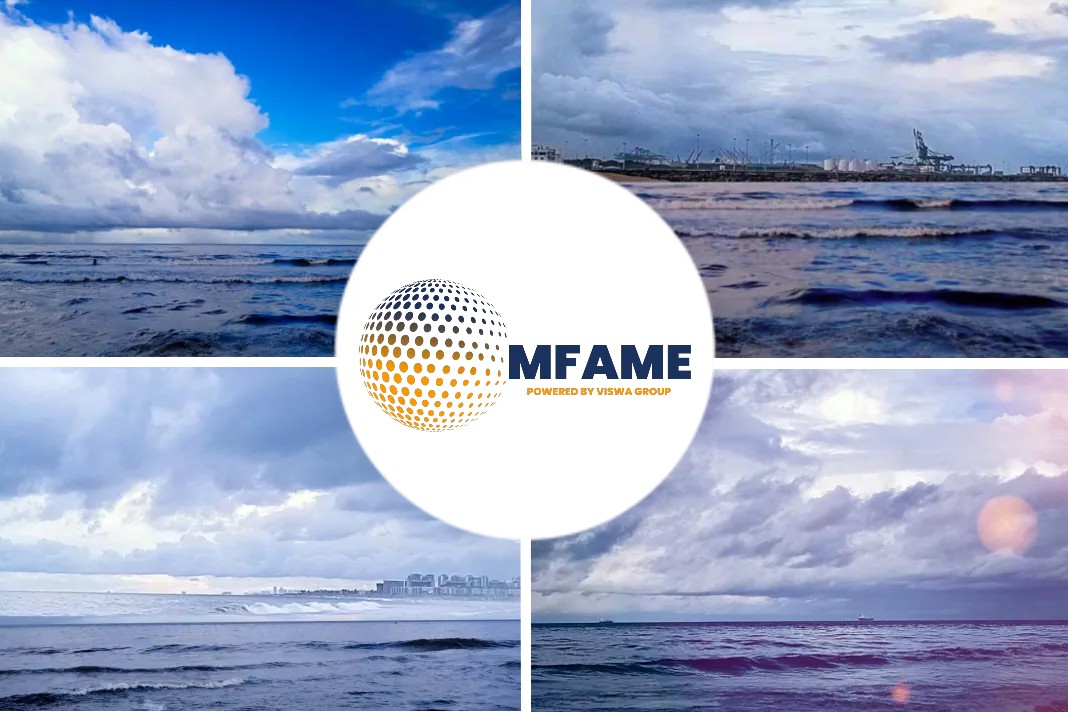- Current carbon price too low to scale up hydrogen
- Options for hydrogen blending into gas grid: Sauquet
- North Sea good prospect for future CCS projects
A recently published article in the Platts, written by Stuart Elliott deals with some form of subsidy that is required to help scale up the development of hydrogen in Europe. This takes place with the current price of CO2 insufficient to incentivize projects, a senior official at France’s Total said.
Interview with Philippe Sauquet
The following are the excerpts from the interview with Philippe Sauquet, Total’s president of gas, renewables and power.
He said in an interview that the blending of hydrogen into the gas grid would be one way to accelerate the development of the gas.
Decarbonize gas sector
Hydrogen is increasingly seen as a way for Europe to decarbonize its gas sector, with both green hydrogen (hydrogen produced from renewables through electrolysis) and blue hydrogen (gas with CCS) expected to grow in significance in the coming years.
However, for now, the markets are very small and costs need to come down.
“In both cases, we need subsidies in order to develop the first projects and to have a decreasing cost curve,” Sauquet — who is also president of industry group Eurogas — said.
“We need to start to scale up projects in order to understand a bit more where we can really achieve efficiency gains and where we can really lower the cost,” he said. “I think there is a clear need of subsidies for those projects.”
Total also sees the current cost of carbon emission allowances as too low to act as a driver of hydrogen development.
Competing technologies
“We are in favor of the carbon price, for sure. What we have seen in the past is that the carbon price brings a level playing-field between all competing technologies,” he said.
“But when you want to speed up the development of the higher-cost technologies, the carbon price might not be enough in order to fast-track the scaling up of the technology,” he said.
“And today, it’s clear that with the price for CO2, which is around Eur25/mt, there is no way you can develop carbon-free hydrogen production today.”
Gas grid
On the demand side, there are also issues, with Sauquet saying there needed to be demand stimulation to help develop a hydrogen market.
“What we are advocating at this stage is to consider injecting hydrogen into the gas flows,” he said, pointing to studies that show that up to 20% of the gas supply can be made up of hydrogen without having any impact on either the transportation or burning of the fuel.
“So we are very much in favor of starting the development of hydrogen today — not waiting until we have developed a fleet of hydrogen trains and a fleet of cars. If we really want to scale up hydrogen production, we want to start the cost curve decrease and we need to unlock this demand bottleneck,” he said.
Sauquet said another advantage of green hydrogen is that it can be produced locally.
Attractions of renewables
“One of the attractions of renewables is that they bring independence because there is sun everywhere, there is wind everywhere,” he said, adding that the priority should not be to develop projects based on imported hydrogen.
“We should focus on developing domestic production of green hydrogen in Europe,” he said.
For blue hydrogen, Total is looking at different ways to be able to strip out the carbon from natural gas, including a “nature-based solution” such as the planting of trees as a way to create a carbon sink.
Total is also active in carbon capture and storage, and sees the North Sea as a prime location for storing CO2 in depleted gas fields or aquifers.
CCS the technology
“CCS is a technology that we believe has to be developed. Of course it is still an expensive technology, but we think that we can reduce the cost,” he said.
“And if you compare it, for example, to green hydrogen, it’s much cheaper than green hydrogen today. Oil and gas companies, such as Total, have the competencies that are needed to develop those technologies,” he said.
Total — together with Equinor and Shell — last month moved forward with the Northern Lights project, committing to an initial investment of NOK6.9 billion ($673 million) in a phased project to transport, inject and store CO2 under the North Sea.
Total capacity at the deep-sea storage bed will be 1.5 million mt CO2/year. The facility will allow for further phases to expand capacity.
Did you subscribe to our daily newsletter?
It’s Free! Click here to Subscribe!
Source: Platts

















